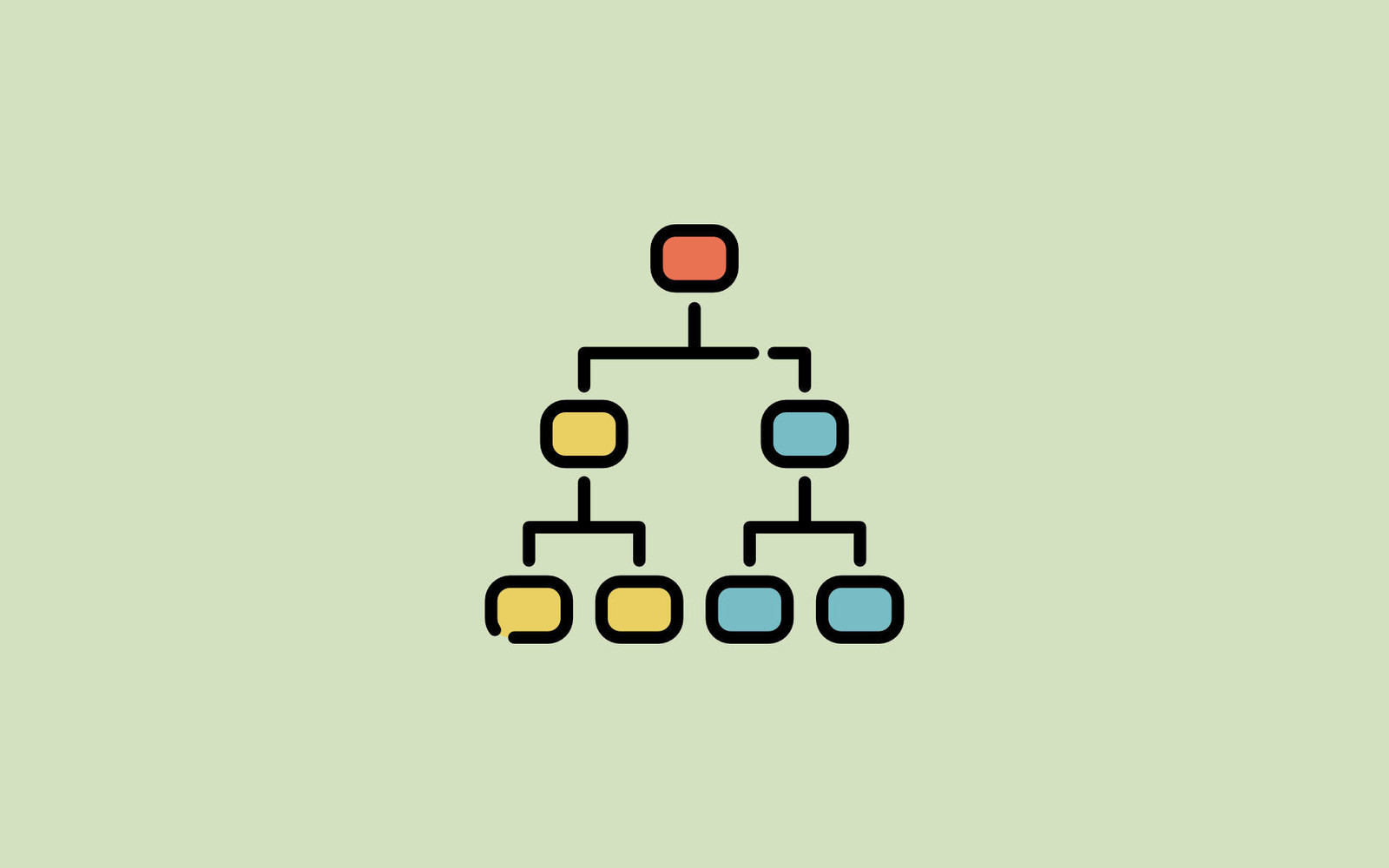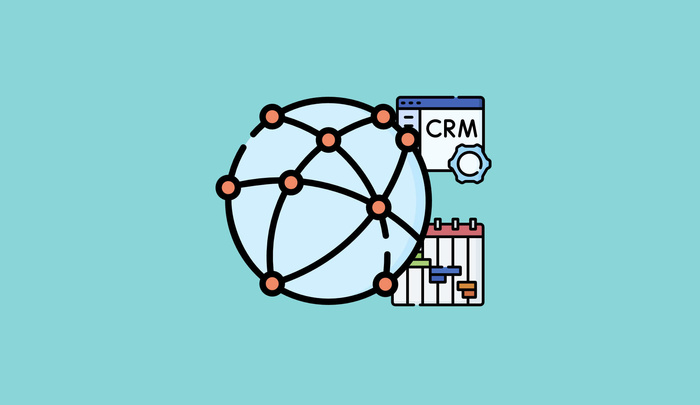
How to plan the structure of a website?
Thursday, 29 june 2023
Every successful website development project begins with good planning of its structure. While website structure planning may be one of the less visible tasks, its impact on the user experience, website SEO optimization, and ultimately achieving your business goals is key.
Website structure refers to the way the pages and content on your website are organized and linked. With good planning of the website structure and thoughtful navigation, you will simplify the search for information for your visitors and contribute to greater usability and user satisfaction.
The best results in website planning are obtained when you conduct a market analysis. Market analysis is extremely important for planning itself, as without it the structure planning would be done blindly, which is not advisable. Research and market analysis is one of the most important steps that primarily affect the structure of the website and its content, and consequently all other steps of website creation.
So, how to plan the structure of a website? For an easier start to planning, we have prepared the following points for you:
1. Define your goals and user goals
Before you start planning, you need to clearly define what you want to achieve with your website and what your goals are. Do you want to sell products (online store), gain subscribers, provide important information, collect inquiries, or educate your visitors? At the same time, you must also consider the goals of your users. Who are your users? What are they looking for? What questions do they want to find answers to?
2. Keyword Research
Keyword research will help you understand what users are looking for and how you can include it in the structure of your website. By researching keywords, you will find out which topics are most important to your visitors and how these topics can be divided into individual pages or sections on your website. Keyword research is also an important part of preparing content for a website, which is the next step in the process of creating a website.
3. Create a page hierarchy
The page hierarchy is a way of organizing and classifying your content from the most important to the least important for the website visitor. This hierarchy must be intuitive and meaningful for both you and your users. It usually starts with three to five main categories, which are then divided into subcategories. But this is not a general rule. Everything depends on the range of services, the number of products, work areas, etc.
4. Navigation planning
Navigation is one of the key elements of website structure (also known as the menu). Well-planned navigation will enable users to quickly find the information they are looking for and also allow them to easily navigate your website. Navigation is usually planned in the form of a main menu, footer, and links within the content of the site. Each of these forms of navigation plays a role and together they contribute to easier use of the website. When preparing navigation, always focus on the users, as they are the ones who will tell you whether the navigation is simple or not.
5. Prepare a site map
A site map is a visual representation of the structure of your website. With its help, you can easily organize and link your content. It can also be used to plan the user journey. The user journey is the path of a user from their first touch on the website to the final conversion (purchase of a product, a completed inquiry form, subscription to a newsletter, etc.).
6. Test your structure
Once you have a basis for the structure of your website, it's time for testing. You can do this with user testing or by collecting feedback from your target group. This will check whether your structure is logical and easy to use. If you see that the current structure does not achieve the desired results, be sure to change it. In most cases, you will be able to change the website structure independently using the CMS website editor. When making changes, do not forget about appropriate redirects, as there were likely changes in URL links.
7. Adjustment and Improvement
Once your website is live, it's important to regularly review and adjust the website structure. Use analytical data from web statistics and feedback from users. Based on these, you will see if the structure satisfies the users and your goals. If not, you will have to adjust it. You should be aware that you will only be able to assess the success of the structure once it is available to the end user. Until then, you can only guess.
Summary
Planning the structure of a website is a complex but necessary task that has a great impact on the success of your website. With a clear understanding of your goals, user needs, and thorough planning, you can create a website that is intuitive, useful, and successful. Remember, a good website structure is not only the foundation for a good user experience but also for effective SEO optimization of the website.


